Artificial intelligence and classical music merge seamlessly in the Waltz Symphony project. Composition students develop innovative orchestral pieces in dialogue with the AI application Ricercar.
2025 marks the 200th birthday of Johann Strauss (son) – a composer who made music history with works such as the Danube Waltz and operettas such as Die Fledermaus and Eine Nacht in Venedig. The composer Strauss was driven by the pursuit of innovation, which was expressed in his exploration of the new technologies and ideas of his time.
Whereas back then it was the invention of the telephone and electrical wiring, today it is artificial intelligence that will significantly change almost all areas of our lives and our society as a whole. Art is no exception – on the contrary, it is in the midst of a storm. ” It is obvious that Johann Strauss would test out the possibilities of AI and harness them for himself,” says Roland Geyer, Director of the Johann Strauss Festival Year 2025 Vienna (JOST 25). He has therefore invited the Ars Electronica Futurelab to participate in the anniversary year with the Waltz Symphony project in order to enable a new artistic approach to the music of Johann Strauss with the help of modern AI.
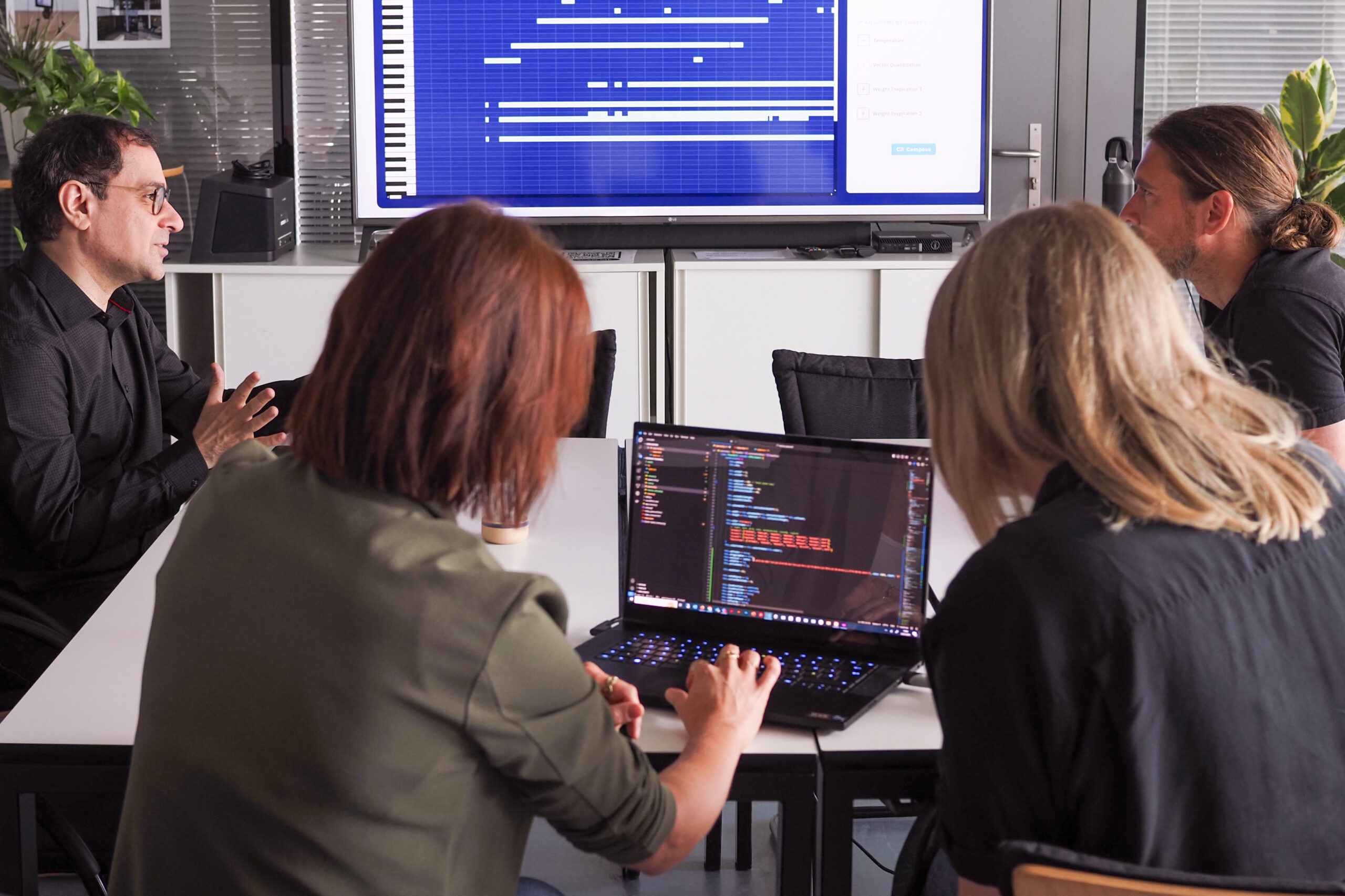
Waltz symphony: AI meets art
Today, the majority of the art community is skeptical about AI. Is creative work now under pressure – or is it even being promoted? Do human creativity and AI go together, and if so, how can humans and AI work together in a concrete and meaningful way in the artistic process? Questions like these are at the heart of the Waltz Symphony project. It is not just about the result, but above all about the direct artistic engagement with artificial intelligence and a public discourse on the role of artificial intelligence in art.
Keyword public; last but not least, we are also recipients, the audience, who are asked to reflect: How important are other people to us so that we can communicate with each other through art? And: Are human feelings ultimately the quintessence of a work of art, a piece of music?
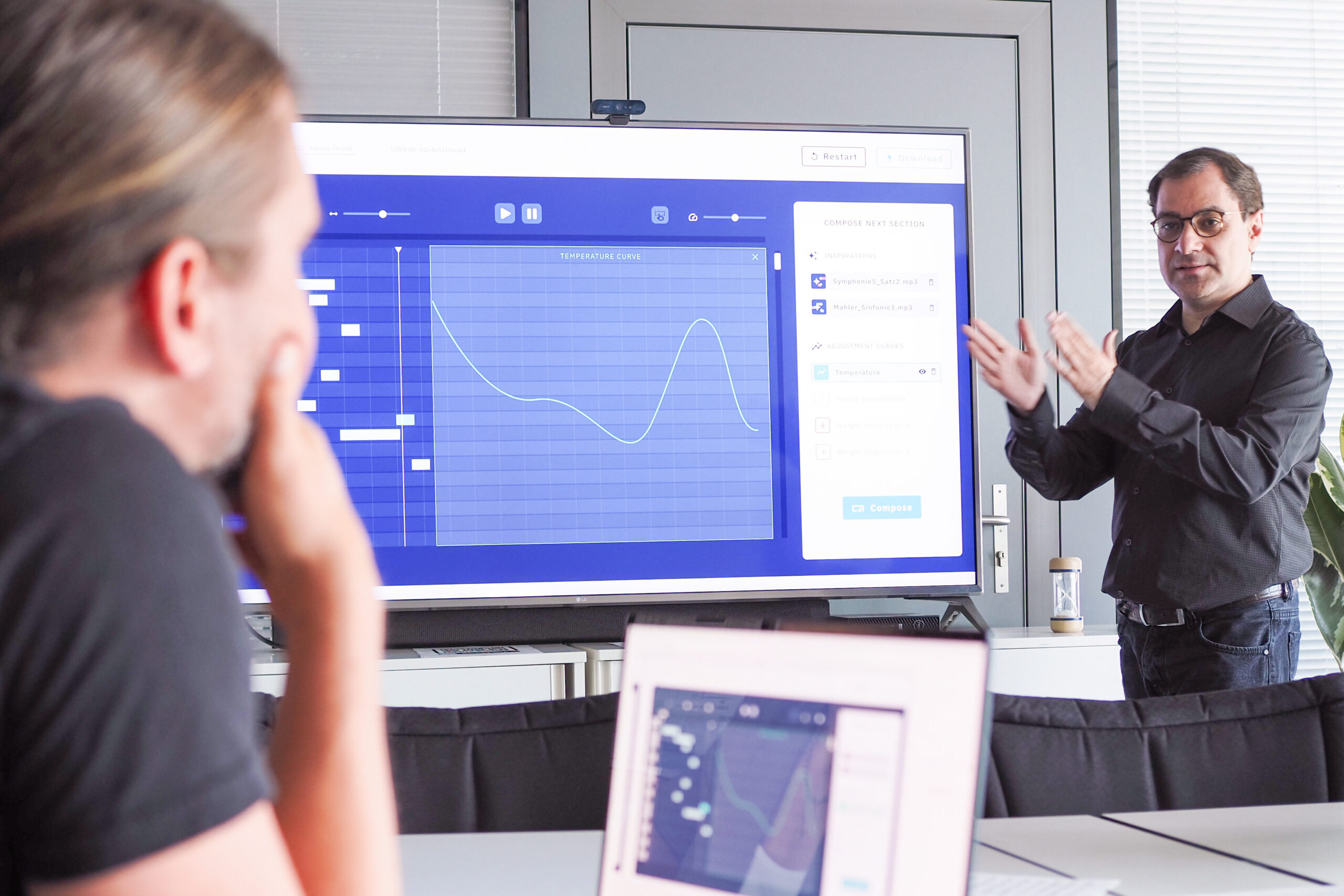
Waltz Symphony invites aspiring composition students from four international music universities to create new pieces using an AI specially trained with the music of Johann Strauss.
The kick-off events in May and June 2024 consist of workshops on AI and classical music at the University of Music and Performing Arts Vienna, the Mozarteum University Salzburg, the Zurich University of the Arts and the University of Music and Performing Arts Munich.
From September 2024 onwards, each participating university will independently develop a piece in exchange with AI – resulting in a four-movement symphony in the final, which will be premiered as part of the Big Concert Night at the Ars Electronica Festival in Linz in September 2025 and performed in Vienna in November 2025. It will be accompanied by the Bruckner Orchestra Linz.
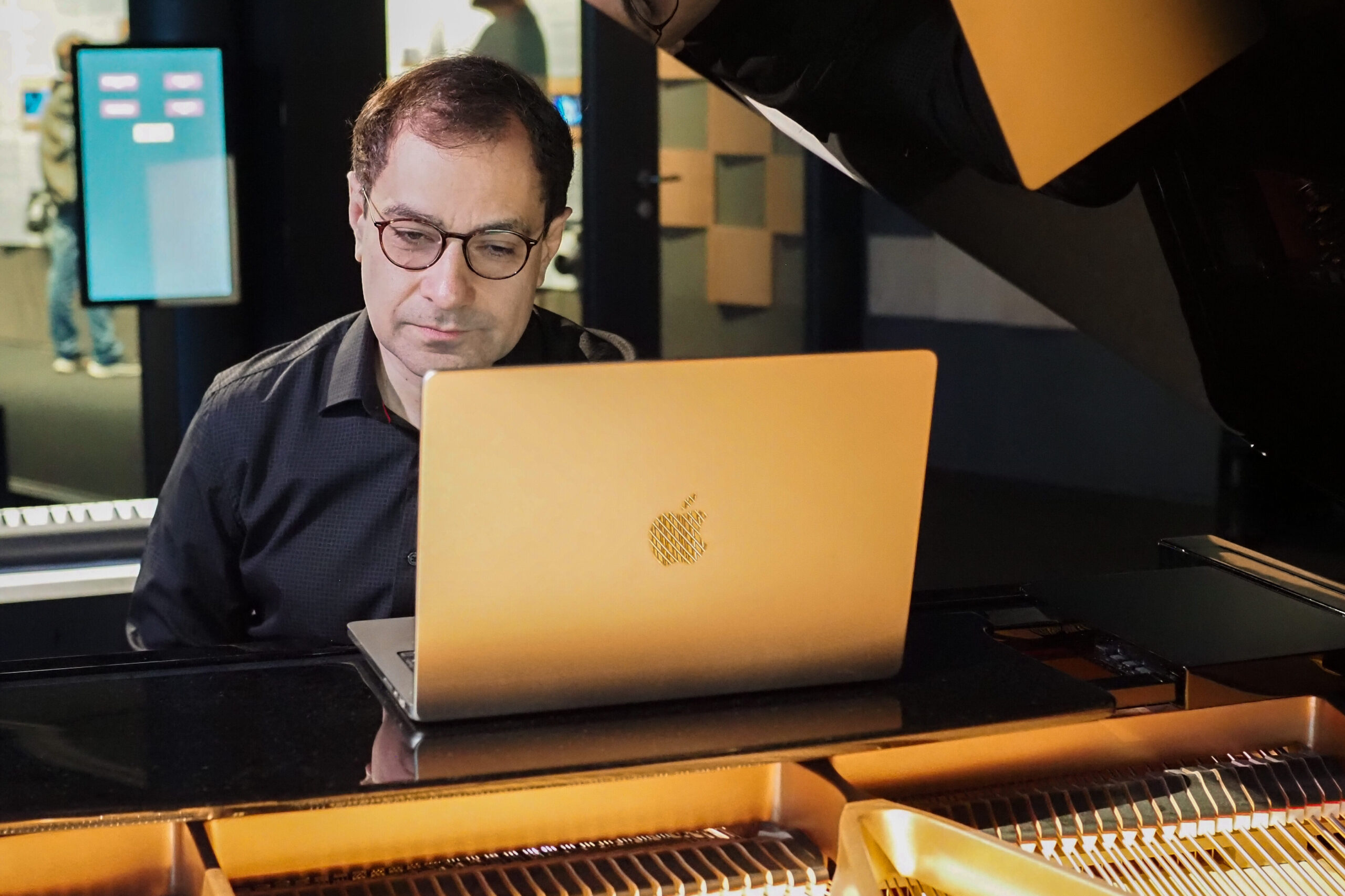
Ricercar: Classical Music meets AI
Since 2019, AI researcher and classical musician Ali Nikrang has been working at the Ars Electronica Futurelab on Ricercar, an AI tool that is specifically designed to meet the artistic needs of classical musicians. The Italian word “Ricercare” means ‘to search’. Moreover, “ricercar” or “ricercare” was also a musical form of the Renaissance and Baroque periods. Composers used this term for pieces in which they experimented with a theme or musical idea and explored the possibilities for variation and harmonic potential. This is exactly what happens with Ricercar as software: the interactive AI tool draws on a wide range of training data in order to be challenged by human users. “With the breakthrough of deep learning in 2012, we suddenly had completely new possibilities and tools for working with AI. In 2019, the first attempts were made to use the latest ‘Transformer technologies’ for music production,” Ali Nikrang recalls the beginnings of Ricercar.

How artistic projects can be realized with this technology, what demands classical musicians place on AI and how to collaborate with it are the core topics of the Waltz Symphony project.
1st movement: Imagination, intention, imitation
We humans have been listening to music for 40,000 years. How we define music, how we use and experience it, has changed significantly over the millennia. Even the imitation of music that is so hotly debated in the wake of generative AI is not the first of its kind.
With Waltz Symphony, Ricercar is being used at music universities for the first time – a necessary symbiosis between art and research for Ali Nikrang. “It’s not about automation at all. It’s about collaboration and communication between humans and machines,” he says, rejecting the superficial understanding of AI as an insubstantial imitation machine that makes our intervention superfluous. Because even if AI can automate, accelerate and even improve some processes, it always learns – or rather it learns – from data sets that originate from humans. In the case of Ricercar, it is not only numerous pieces of music by Johann Strauss recorded by a pianist especially for the project, but also thousands of pieces from the entire musical repertoire of the last few centuries with which the AI has been trained. “This makes Ricercar a tool that helps students to deal with the music of Johann Strauss in relation to other works of music history and to explore new ways of composing,” says Ali Nikrang.
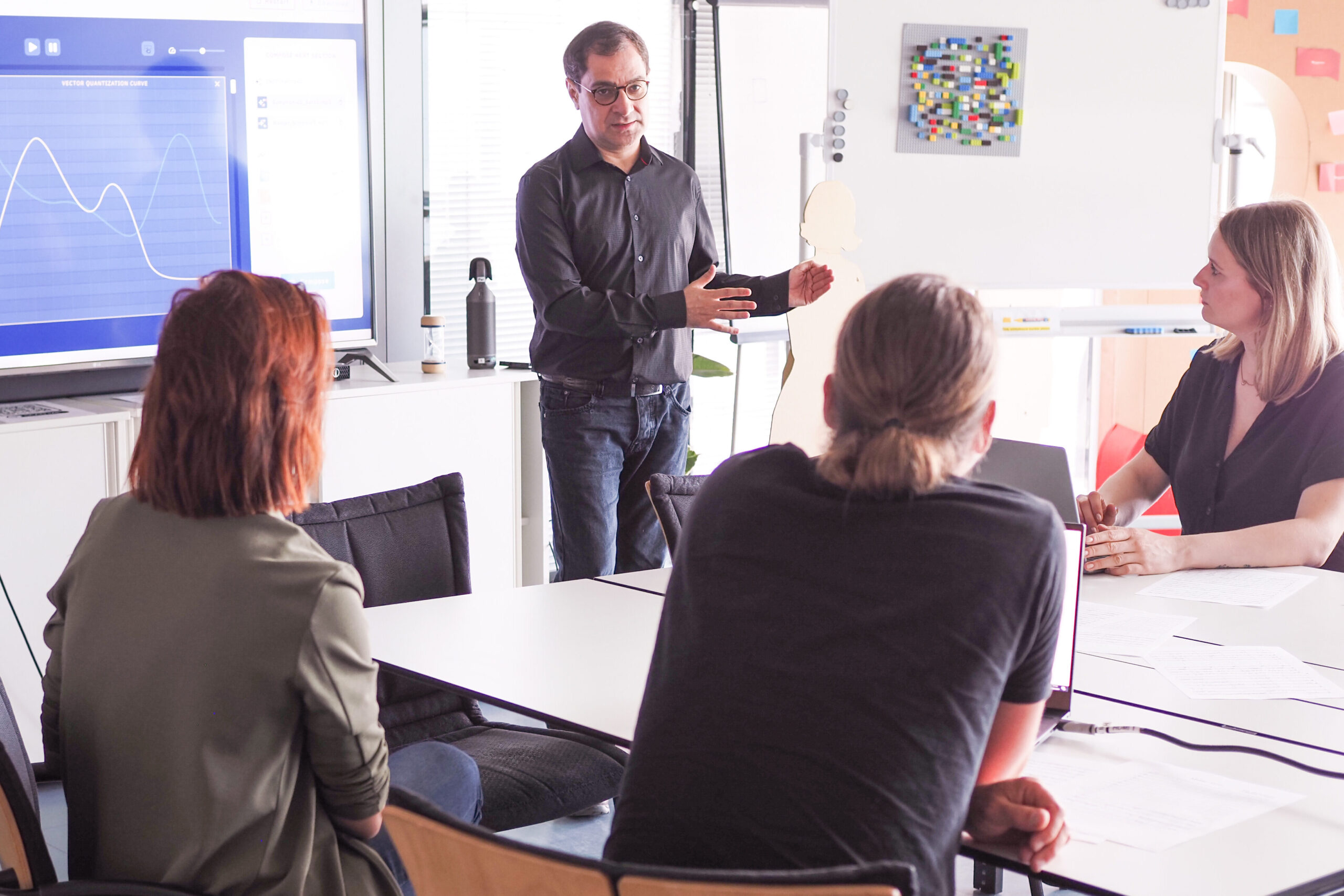
2nd movement: Can AI do art?
Music and technology are inextricably linked. Always have been. Progress, further development and the search for new possibilities are as much a part of art (and music) as technology – and every next step brings with it new questions. Gerfried Stocker, media artist and Artistic Director of Ars Electronica since 1995, is particularly interested in how AI influences the artistic process as part of the Waltz Symphony project.
“The fact that we value art is primarily due to the fact that it is made by people,” says Gerfried Stocker, alluding not only to the fact that artistic creation is driven and guided by inspiration and emotion, but also to the fact that authorship and that authorship and authenticity are essential parameters when it comes to the economic value of art.

Waltz Symphony is not intended to produce pieces of music ‘in the style of’, but to help young composers develop their own handwriting in exchange with Johann Strauss scores. “The fact that AI can ‘imitate’ all sorts of things very convincingly is not at all exciting from an artistic perspective,” says Gerfried Stocker. “But what is interesting is the unknown: Where and how can something new emerge with AI, what forms can this new thing take and what can it tell us about ourselves and our world?”
In addition to the artistic process, it is also about the economic dimension – and this also leads back to Johann Strauss, who was not only a great composer but also a successful businessman. “Then as now, new technologies open up new business models and training opportunities. Our experiment is intended to show what an ideal world could look like in which AI and art generate added value,” says Gerfried Stocker.
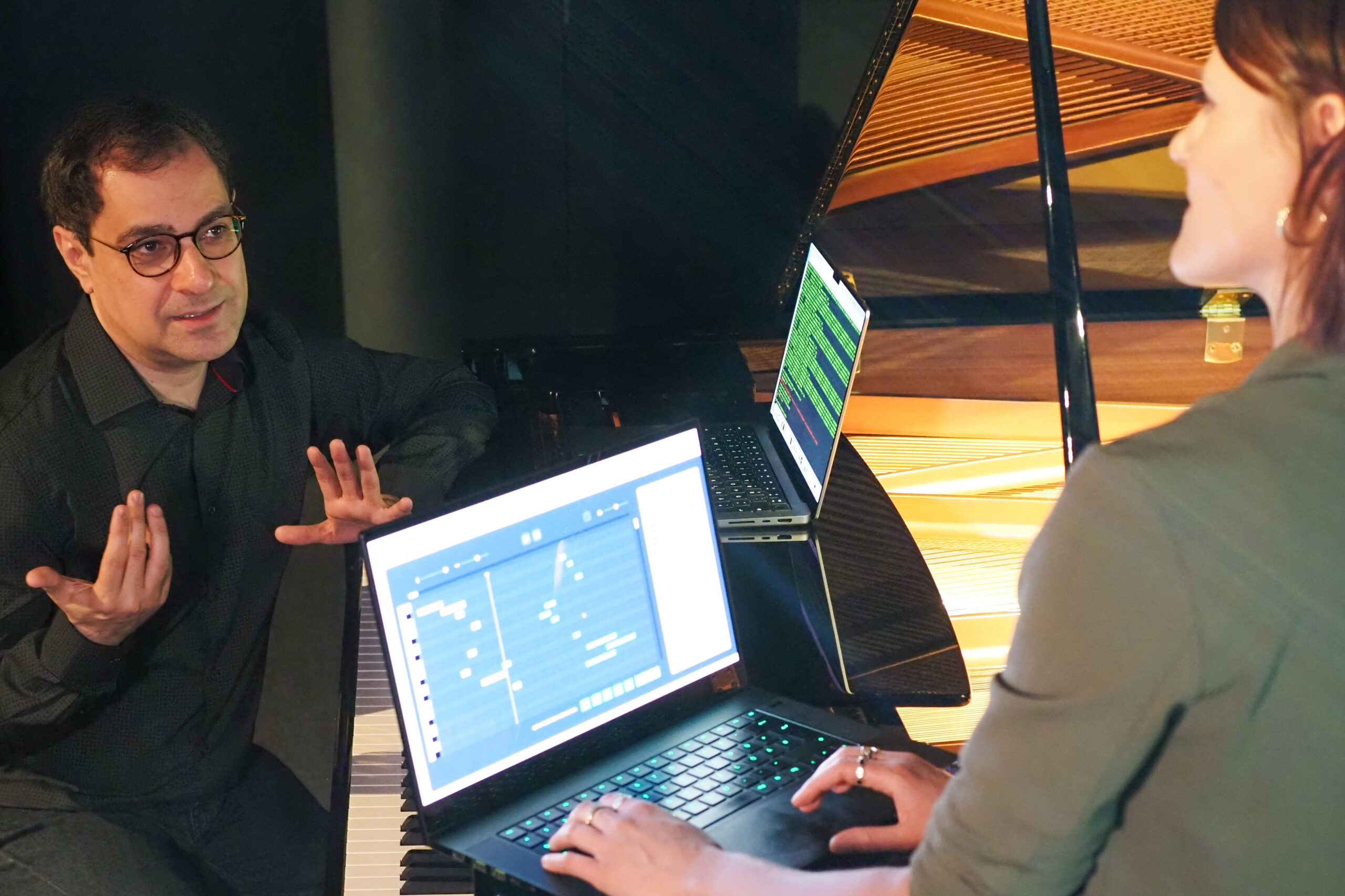
3rd movement: Human creativity meets creative technology
Roland Geyer is a cultural manager and head of the Vienna Strauss anniversary year 2025. Waltz Symphony is the only project involving AI, but it is a crucial one: “From the very beginning, we didn’t want to create a museum program, but to carry out pioneering experiments based on the works and the person of Johann Strauss. Traditional performances of Strauss’ compositions have an important position in the program, but the anniversary year also gives us the opportunity to take very special, unusual paths,” says Geyer. For him, Waltz Symphony is an adventure of a special kind: “We are not creating a new original Strauss work. What is brought to life must come from the composers alive today – in a dialog between man and machine. This naturally raises the philosophical question of the definition of the concept of a work and authorship.”
Johann Strauss himself was always very interested in absorbing and adopting the musical and technical developments of his time, integrating motifs from his contemporaries into his own compositions – such as operas by Meyerbeer, Verdi and Gounod – and turning them into ballroom dances. Technical developments that surrounded him in the 19th century became the inspiration for his musical work: the two waltzes Motoren und Telegramme and the polka Durchs Telefon were created in this way.
“The AI used for the composition will be further developed through its use by living composers, musicians and musicologists, so the Waltz Symphony project is not a backward-looking what-if mind game, but is intended to pave the way for future artists to be a great new working medium. With our Strauss project, we want to evoke the potential to creatively integrate AI into creative processes in the future.”
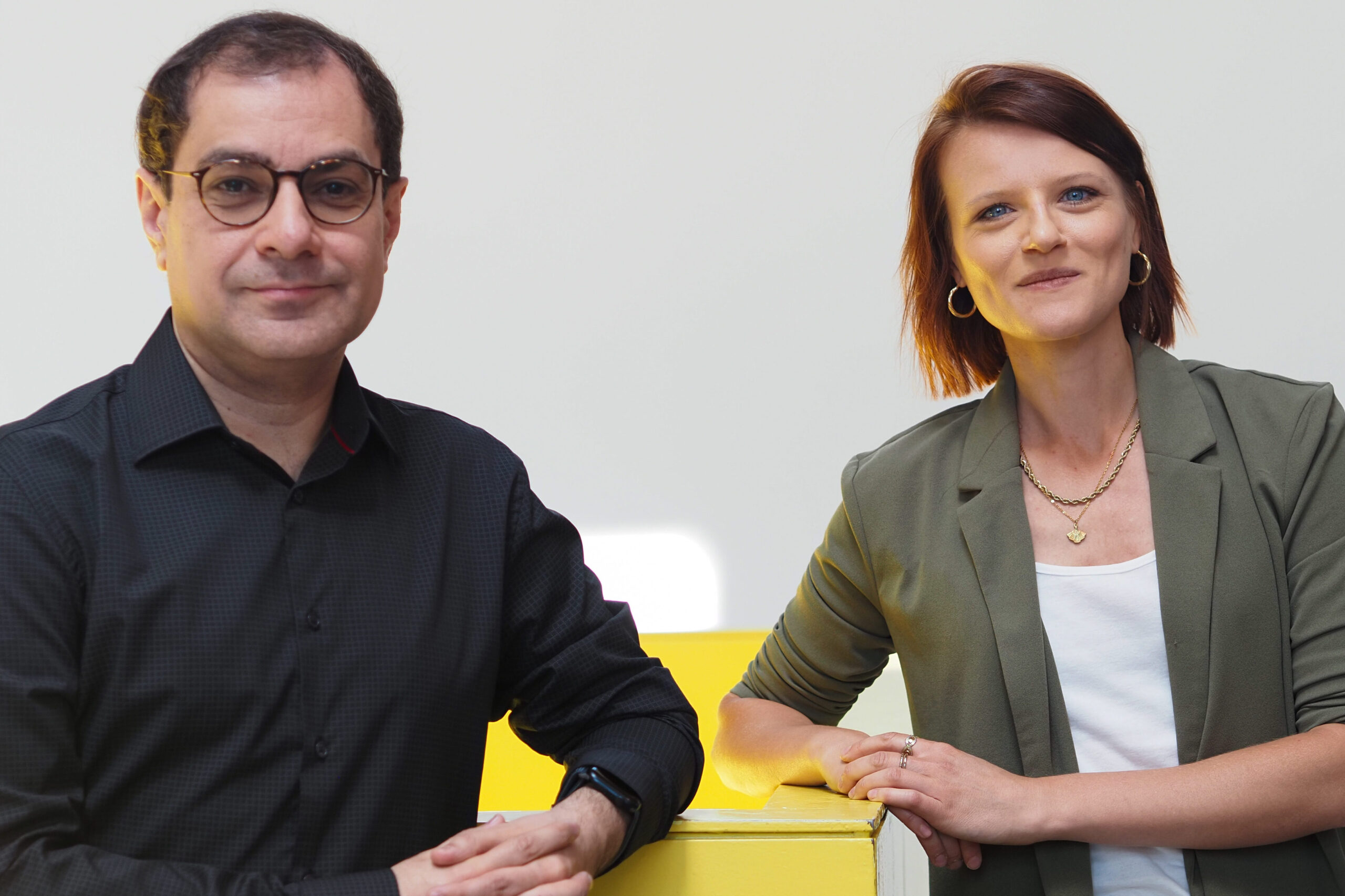
4th sentence: Art is for people. Just like AI.
“No matter how powerful AI is or becomes, it is without intention,” says Gerfried Stocker. “It will always be up to us to decide what we want and how and for what purpose we want to use this technology – just like any other technology. We all have to internalize that ‘AI’ in itself does nothing, but that it is always people who do something with AI. We are not the enduring object in this story, but the decisive, creative and active subject. Projects like Waltz Symphony are intended to help develop and strengthen this awareness.”
“What we should move away from is the sole aim of automating or imitating what already exists,” says Ali Nikrang. “Art – and music in particular – can and should show that AI can be a tool that promotes our talents, fuels our creativity and expands our abilities – and not make them redundant. With Ricercar we want to find out what such an AI can look like, and with Waltz Symphony we want to explore how we can interact with such a system.”
